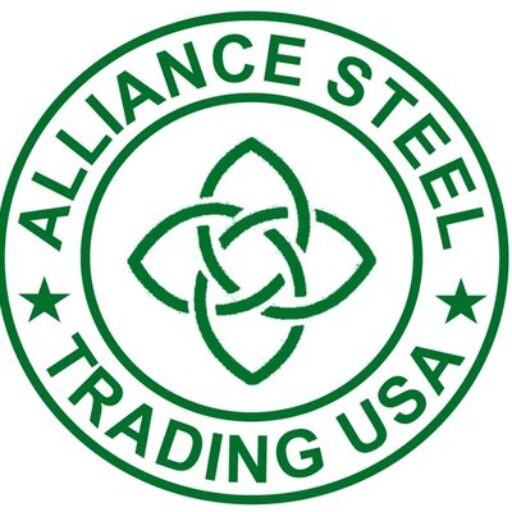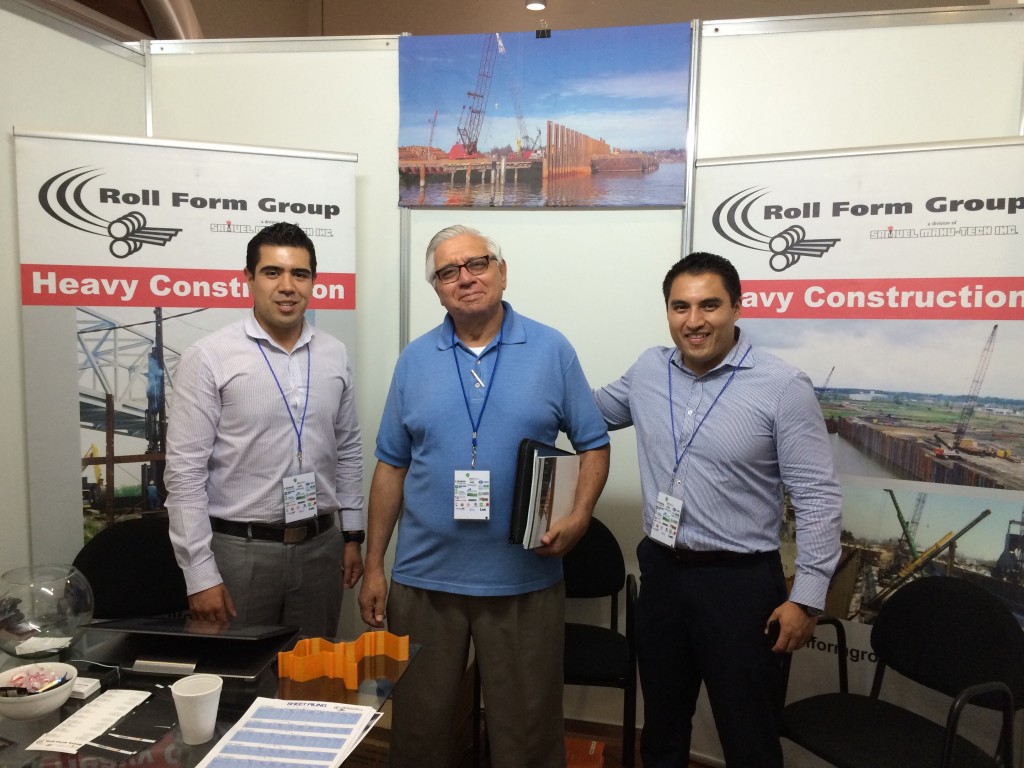If you have visited or flown over San Francisco, you will likely see the Golden Gate Bridge. I had the pleasure of viewing the bridge a few Sundays ago from both sides and underneath as my son swam with about 40 others from one side of the bridge to the other. It was quite inspiring to see kids as young as 8 years old to swim the mile plus span in about 51 degree water. It was all about overcoming limitations, which all of these swimmers did. The bridge itself is a monument to overcoming limitations. It is a span that was said was too long for a bridge to be built. Here are a few facts about this bridge.
Golden Gate Bridge History
The Golden Gate Bridge, completed after more than four years of construction at a cost of $35 million, opened to vehicular traffic on May 28, 1937 at twelve o’clock noon when President Franklin D. Roosevelt pressed a telegraph key in the White House announcing the event. The GGB opening was ahead of schedule and under budget.
Joseph Baerman Strauss had a dream of building a bridge across the Golden Gate.
Though Strauss only lived a year beyond completion of construction he disproved the conventional wisdom of the time; “No one can bridge the Golden Gate because of insurmountable difficulties which are apparent to all who give thought to the idea.” Swift currents, deep water and strong winds were the most obvious of the ‘insurmountable difficulties’ Strauss had to deal with.
The Brooklyn Bridge completed 54 years earlier in 1883 and designed by wire rope patent holder John A. Roebling, was the first famous suspension bridge. It helped to define and add fame to New York City in much the same way that the Golden Gate Bridge has for San Francisco.
Golden Gate Bridge Design
The Golden Gate Bridge design echoes an Art Deco Theme. Wide, vertical ribbing on the horizontal tower bracing accents the sun’s light on the bridge.
 The towers that support the Golden Gate Bridge’s suspension cables are smaller at the top than at the base, emphasizing the tower height of 500 feet above the roadway. Irving Monroe—an architect hired by Strauss to design an architectural treatment for the bridge—chose the ‘international orange’ paint color to blend with the setting while still being very visible to ships.
The towers that support the Golden Gate Bridge’s suspension cables are smaller at the top than at the base, emphasizing the tower height of 500 feet above the roadway. Irving Monroe—an architect hired by Strauss to design an architectural treatment for the bridge—chose the ‘international orange’ paint color to blend with the setting while still being very visible to ships.
Golden Gate Bridge Facts
Golden Gate refers to Golden Gate Strait—a name that originated around 1846.
 The Golden Gate Bridge’s 4,200 foot long main suspension span was a world record that stood for 27 years. It is still the second longest in the United States after the Verrazano-Narrows Bridge which links Staten Island to Brooklyn in New York.
The Golden Gate Bridge’s 4,200 foot long main suspension span was a world record that stood for 27 years. It is still the second longest in the United States after the Verrazano-Narrows Bridge which links Staten Island to Brooklyn in New York.
The bridge’s two towers rise 746 feet making them 191 feet taller than the Washington Monument.
How much steel is in this brigde? Over 110,000 tons! Here is a recap of the steel used.
Main Cable Stats
The Golden Gate Bridge has two main cables which pass over the tops of the two main towers and are secured at either end in giant anchorages.
The main cables rest on top of the 746-foot main towers in huge steel castings called saddles.
Diameter of one main cable including the exterior wrapping: 36 3/8 in. = .92 m
Length of one main cable: 7,650 ft = 2,332 m
Total length of galvanized steel wire used in both main cables: 80,000 mi = 129,000 km
Number of galvanized steel wires in one main cable that are 0.192 inches in diameter: 27,572
Number of bundles or strands of galvanized steel wire in one main cable: 61
Weight of both main cables, suspender cables and accessories: 24,500 tons = 22,200,000 kg
The galvanized steel wire comprising each main cable was laid by spinning the wire using a loom-type shuttle that moved back and forth as it laid the wire in place to form the cables. The spinning of the main cable wires was completed in 6 months and 9 days.
The galvanized steel wire used for the main cables is carbon steel with the following average chemical composition and physical properties:
| Ladle test results (specified) | |
|
C:
|
0.81% (0.85) |
|
Mn:
|
0.66% (—) |
|
P:
|
0.026% (0.04) |
|
S:
|
0.028% (0.04) |
|
Si:
|
0.24% (—) |
| Tested properties (specified) | |
|
Tensile Str,
|
Fu = 235,600 psi (220,000 psi min) |
|
Yield Str,
|
Fy = 182,600 psi (160,000 psi min) |
| Elongation in 10″ at rupture = 6.3% (4.0% min) | |
Suspender Rope (vertical ones) Stats
The Golden Gate Bridge has a total of 250 pairs of vertical suspender ropes. Each suspender rope is 2 11/16 in. in diameter. All of the ropes were replaced between 1972 and 1976, with the last rope replacement completed on May 4, 1976.
Structural Steel Quantities
|
Tons
|
Kg.
|
|
| Main Towers |
44,400
|
40,280,000
|
| Suspended Structure |
24,000
|
21,772,000
|
| Anchorages |
4,400
|
3,991,000
|
| Approaches |
10,200
|
9,250,00
|
Just another day in the life of a steel trader, overcoming limitations and celebrating others who have overcome theirs!




